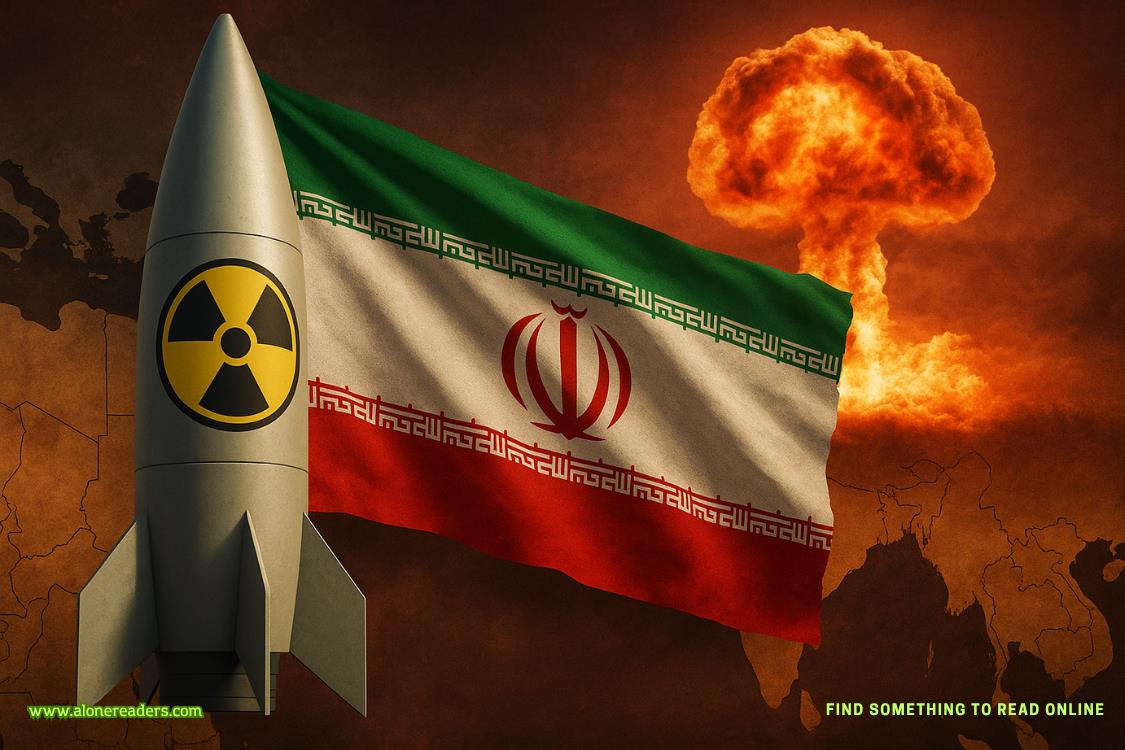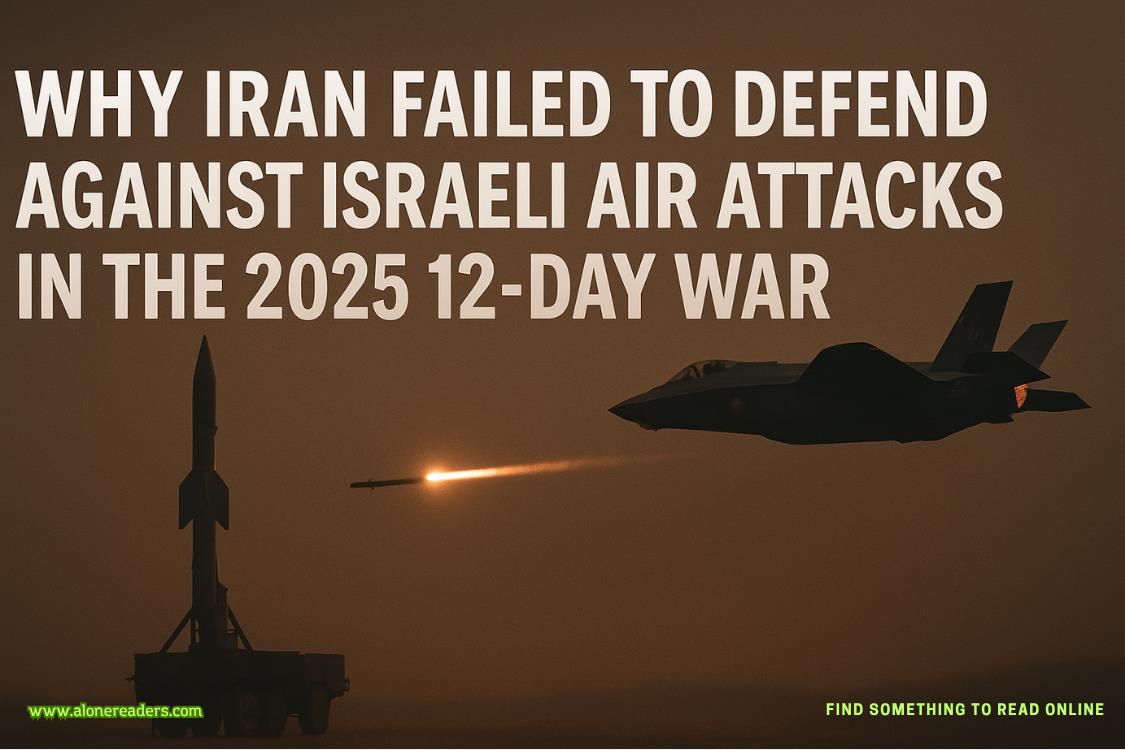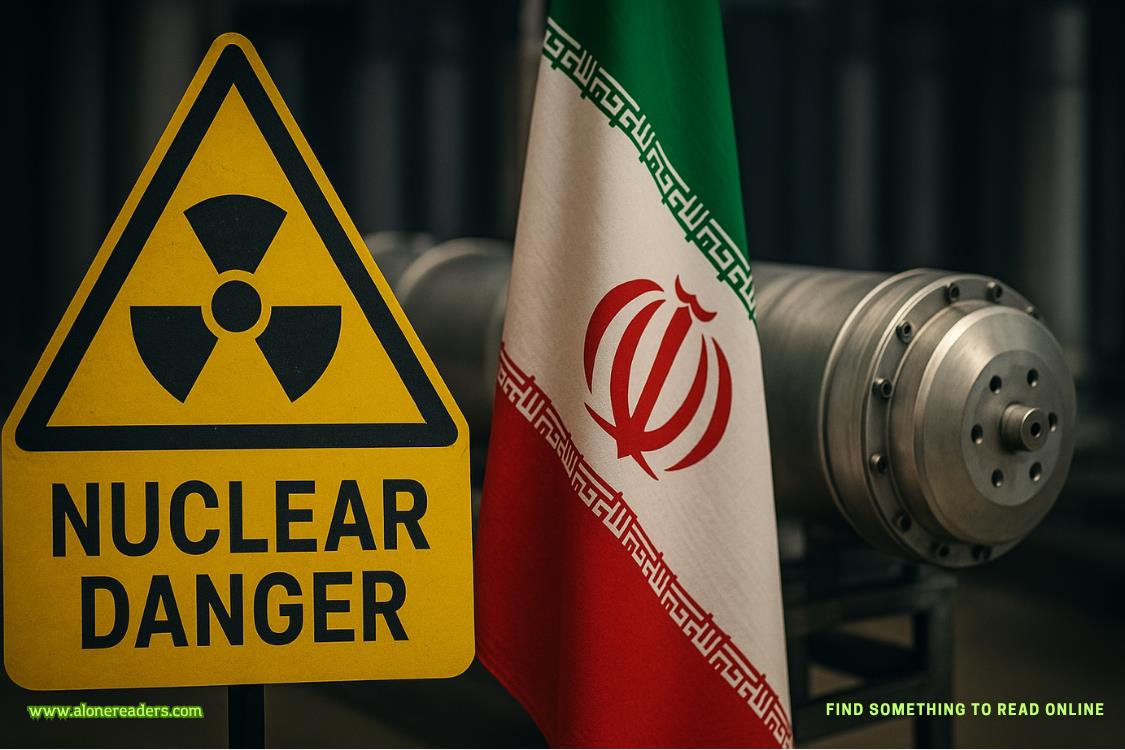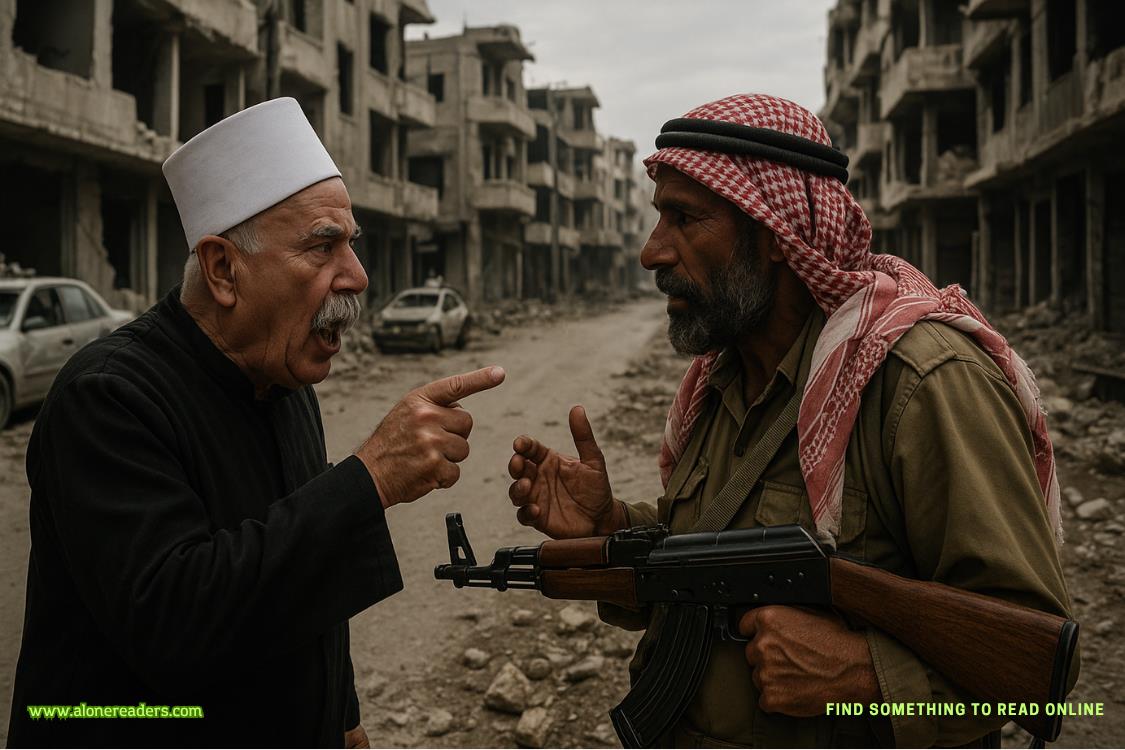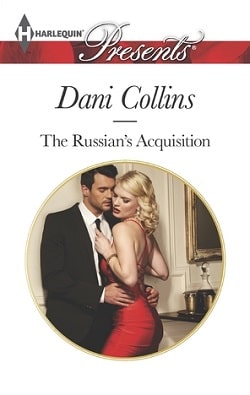“You’re not. It got into trouble a few years ago when it tried to compete with the big boys. The Camorra saved SBL from collapse with an infusion of capital and took control of it.”
“The year, please?”
“Does it matter?”
“Humor me.”
“Approximately eight years ago.”
Donati appeared to file the date away in his memory for later reference. “But how did you learn about the loan for the office building in New Bond Street?”
“For the record, I never referred to the property as an office building. I described it as an expensive piece of commercial real estate. You’re the one who referred to it as an office building.”
“They’re rather the same thing. But please answer the question.”
“An associate of mine hacked into the bank and stole its most sensitive files.”
“Naughty boy,” said Donati.
“Naughty girl, actually.”
“And the five hundred million dollars the Russian oligarch paid for the fake painting?”
“My associate transferred the money to Ukraine.”
“Does the Camorra know their money is missing?”
“I can’t imagine they don’t,” replied Gabriel. “But you were about to tell me everything I needed to know about the Mayfair Group.”
“It’s a British-registered holding company that was created some time ago to manage the acquisition of several pieces of London real estate, including the building in New Bond Street.”
“Created by whom?”
“A pair of London lawyers, both of whom happen to be devout Roman Catholics.”
“And the beneficial owner of the British-registered holding company?”
“The short answer? Vatican Incorporated.”
“What would be the long answer?”
“The building is owned by an investment fund controlled by the Secretariat of State. The purpose of this fund is to generate the revenue needed to run the Roman Curia.”
“And the person in charge of the fund?”
“That would be the Substitute for General Affairs.” Donati lowered his voice. “Cardinal Matteo Bertoli.”
***
The original source of the money, Donati continued, was the Lateran Treaty of 1929, which established Vatican City as an independent sovereign state controlled by the Holy See. As part of the treaty, the Italian government of Prime Minister Benito Mussolini agreed to compensate the Church for the loss of its feudal possessions known as the Papal States. The Vatican used a portion of the settlement to conduct a renovation of the city-state itself that included the construction of the walls and an expansion of the museums. The remaining funds it invested, leaving the Holy See with controlling stakes in several of Italy’s largest banks and industrial enterprises.
“In retrospect,” said Donati, “the original settlement with Mussolini was a terrible deal. The Church received the equivalent of only ninety-two million dollars for sixteen thousand square miles of land that included much of central Italy. But the proceeds from that original sum of money now account for nearly the entirety of the Church’s wealth.”
“How much is there?” asked Gabriel.
“We’re getting into sensitive territory.”
“We crossed that border a long time ago.”








